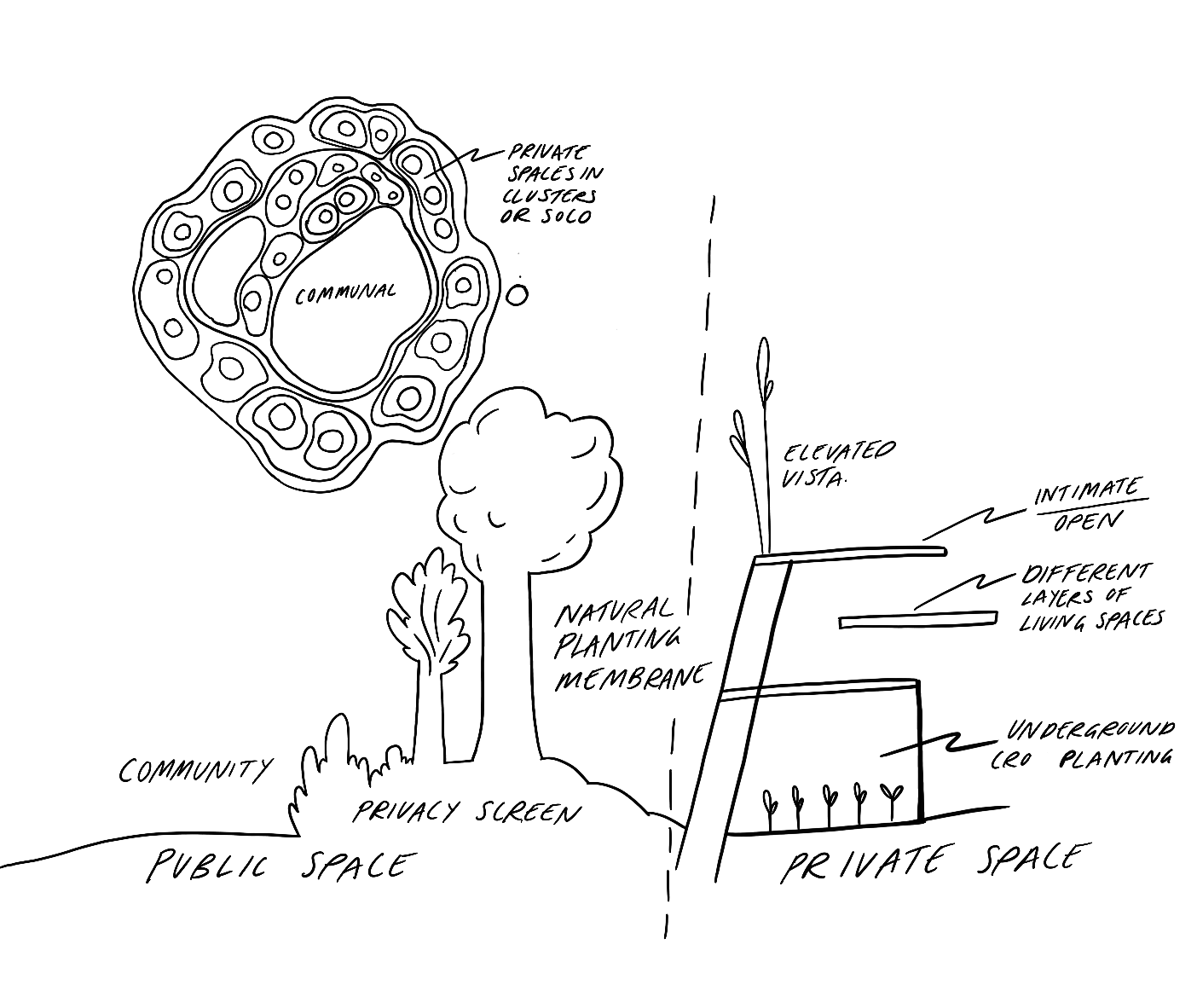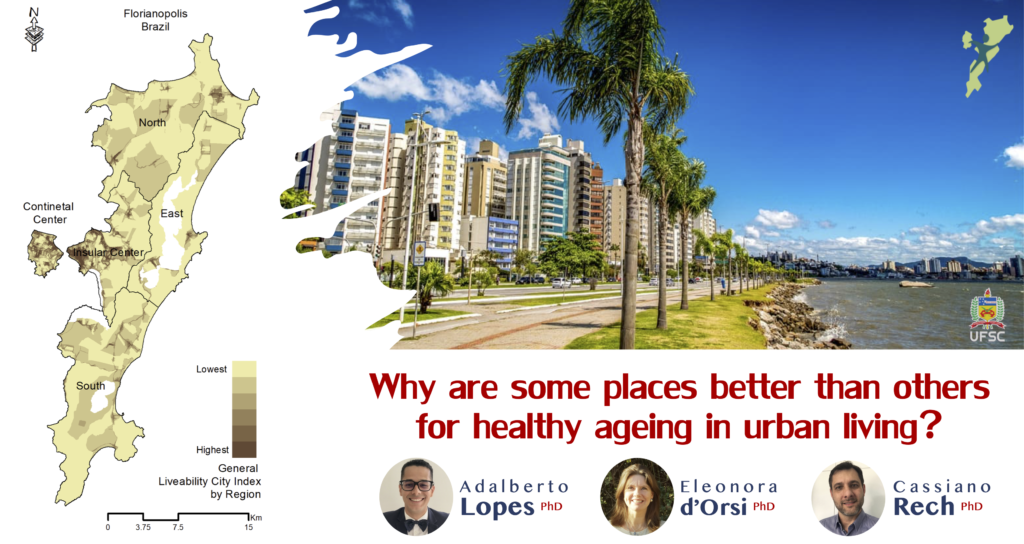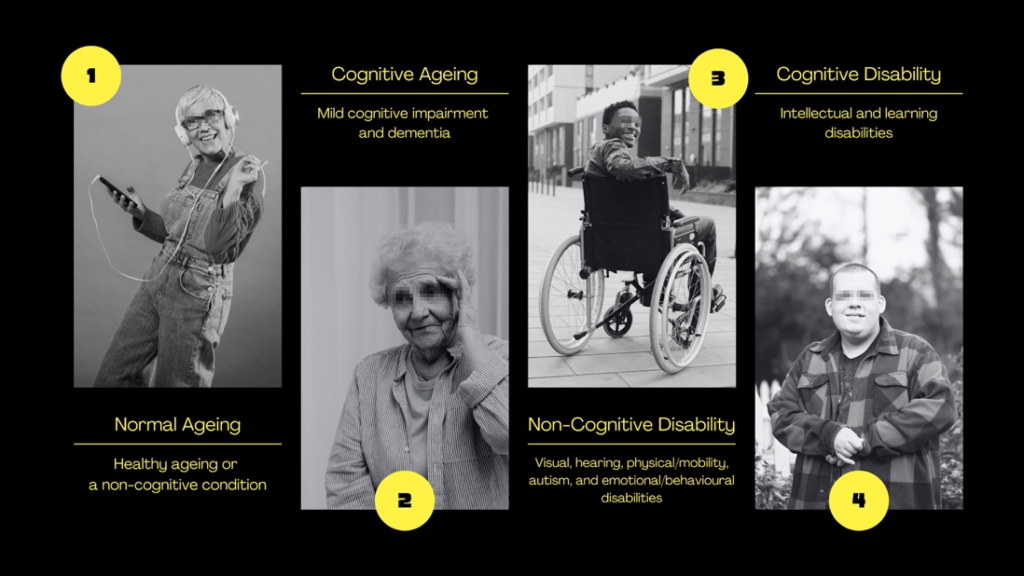City Know-hows

Target audience
Landscape architects, environmental educators, city planners and sustainability practitioners and scientists
The problem
There is no established agenda to create sustainable urban environments that combine bio-physical and socio-cultural dimensions. Consequently, many urban environments suffer from lack of direct nature experiences, insufficiently integrated ecosystem services, and narrowly considered public health and well-being in the urban design.
What we did and why
We explored the basis of a transdisciplinary agenda for nature-connecting human habitat, i.e. an ecologically sustainable habitat that promotes a cultural connection between people and nature. We create an explorative vision for sustainable human habitats that integrate personal, social, and environmental factors and then identify actions and synergies to achieve it.
Our study’s contribution
The collective vision suggests a variety of psychological, physical, cultural, and environmental attributes that interplay with each other. Next door nature routines are essential to create nature-connecting habitats. The consequent co-benefits with nature-based solutions are many as is the potential to support the Sustainable Development Goals.
Impacts for city policy and practice
Given the wide range of actors benefitting, further exploration and planning of future human habitats would benefit from including many different actors such as local officials, educators, lawyer, ecologists, landscape architects, and even medical doctors – through social prescribing; and of course, local communities!
Further information
Full research article:
Full research article: Connecting land. A transdisciplinary workshop to envision a nature-connecting human habitat by Matteo Giusti (@matteogiusti), Wenpei Wang & Tanya Marriott. City Know-how editor: Marcus Grant
Related posts

Urban health is a complex system that involves several indicators acting together, there is no single solution to the health-related issues in cities. We wanted to promote healthy ageing in urban living. Our strategy was to take people’s needs and demands into account, when evaluating, monitoring and proposing feasible changes in built, natural and social environments.

Thailand has spent 16 years developing design guidelines for the elderly and people with disabilities. Still, accessible design for cognition remains inadequate for the impending super-aged society. This mismatch emphasises a critical failure in design planning that demands urgent improvement.

New research explores if and how mosquito-borne diseases are considered in city resilience, and provides recommendations on how cities can integrate mosquito-borne disease prevention and control into their resilience approach.